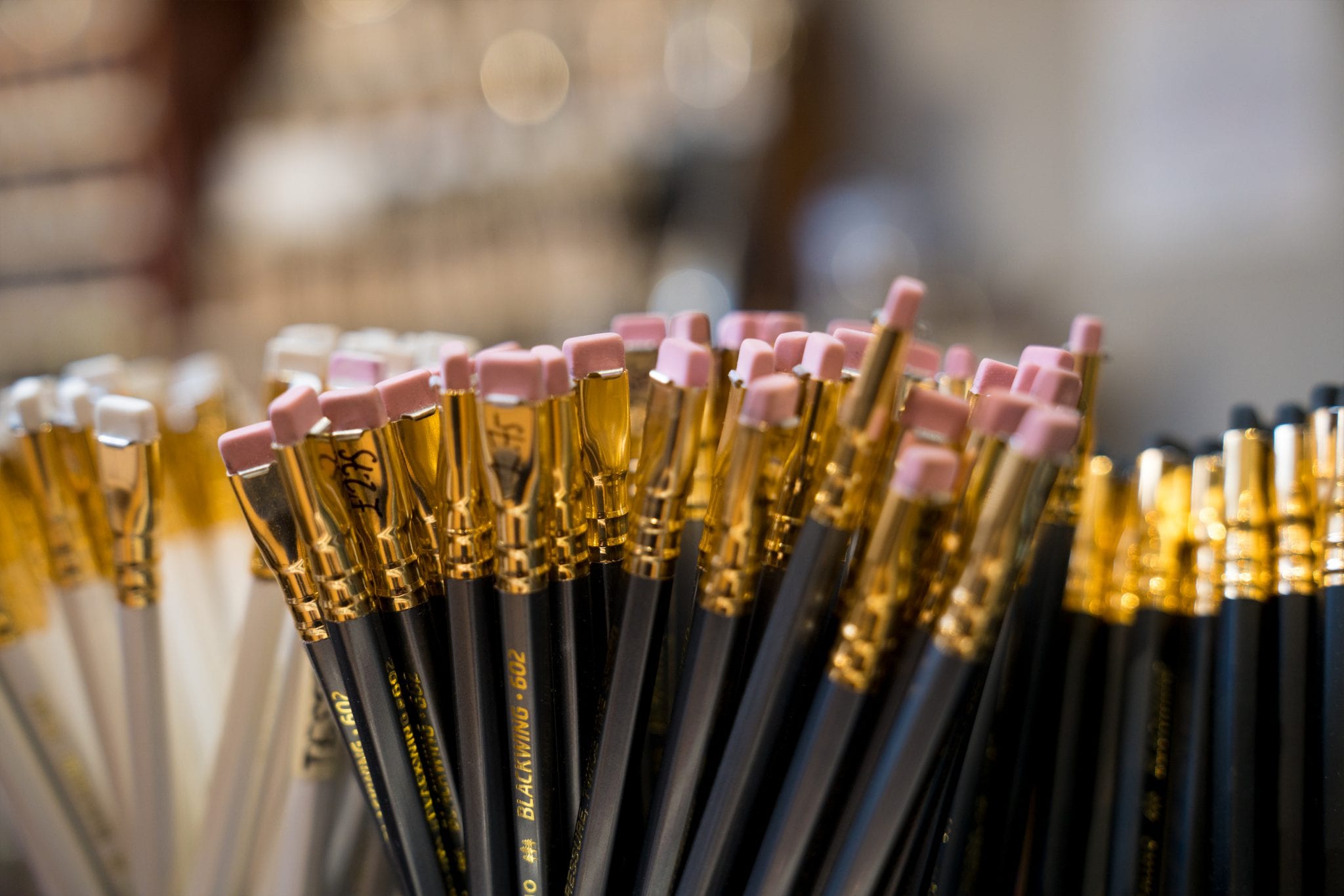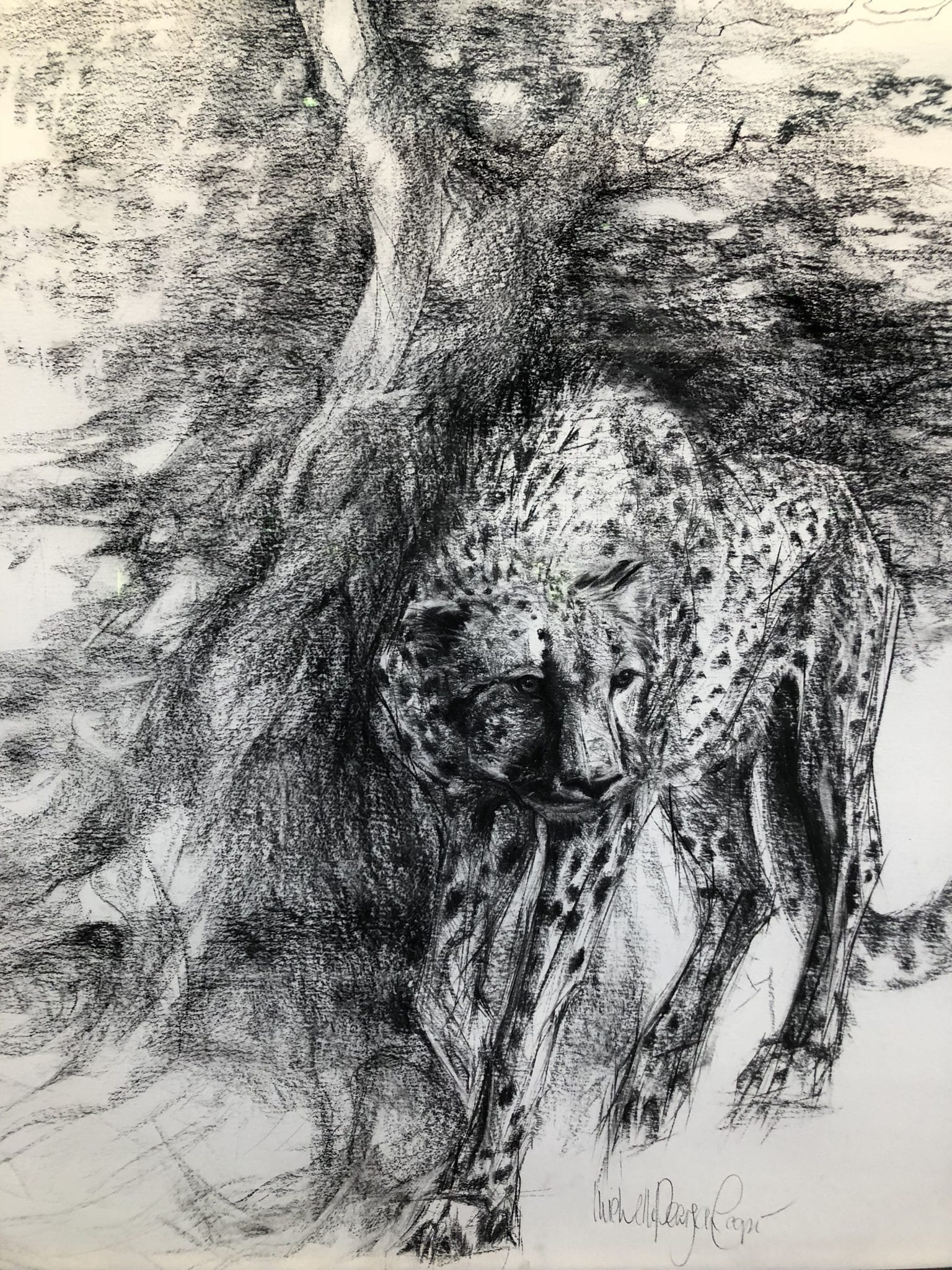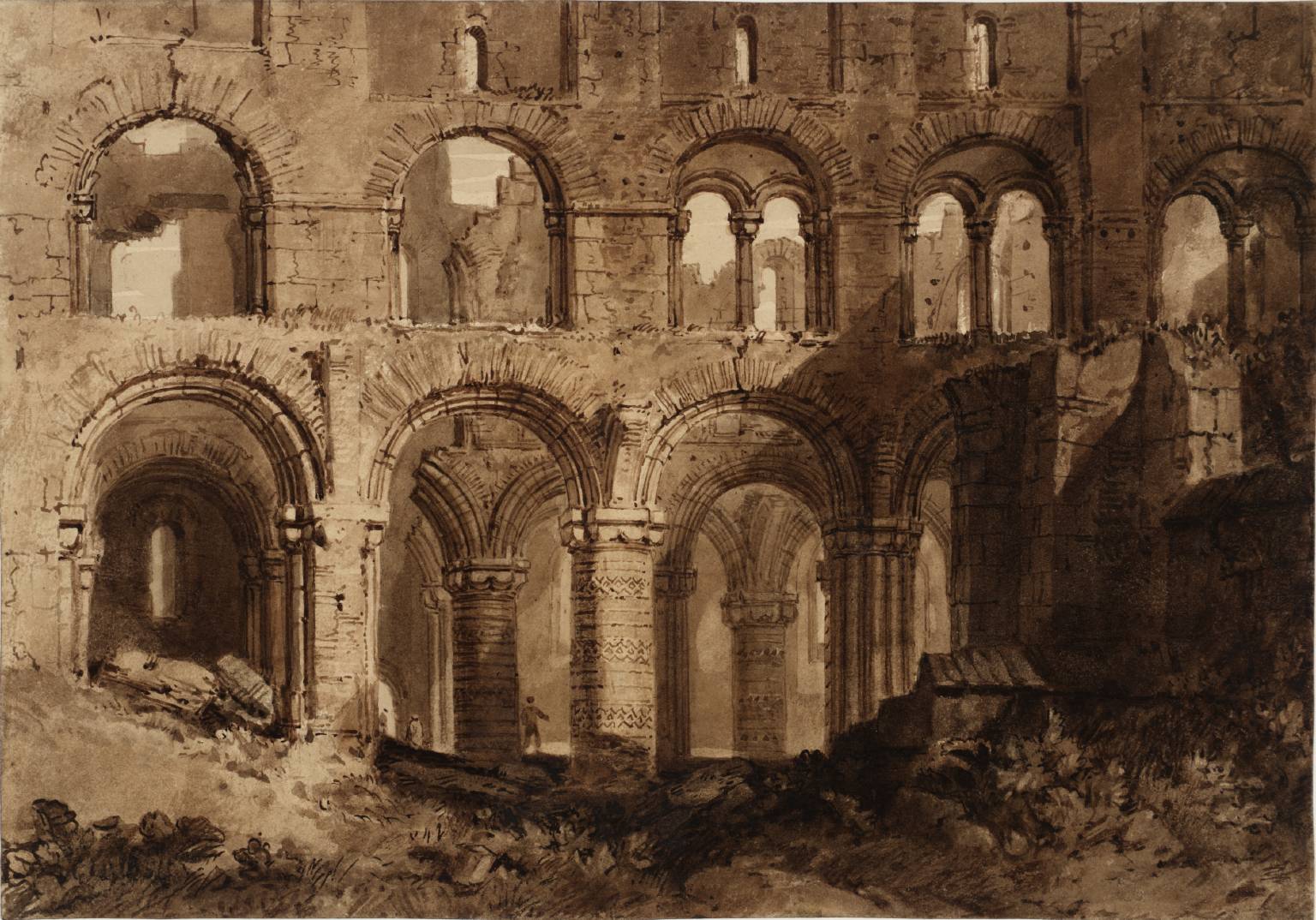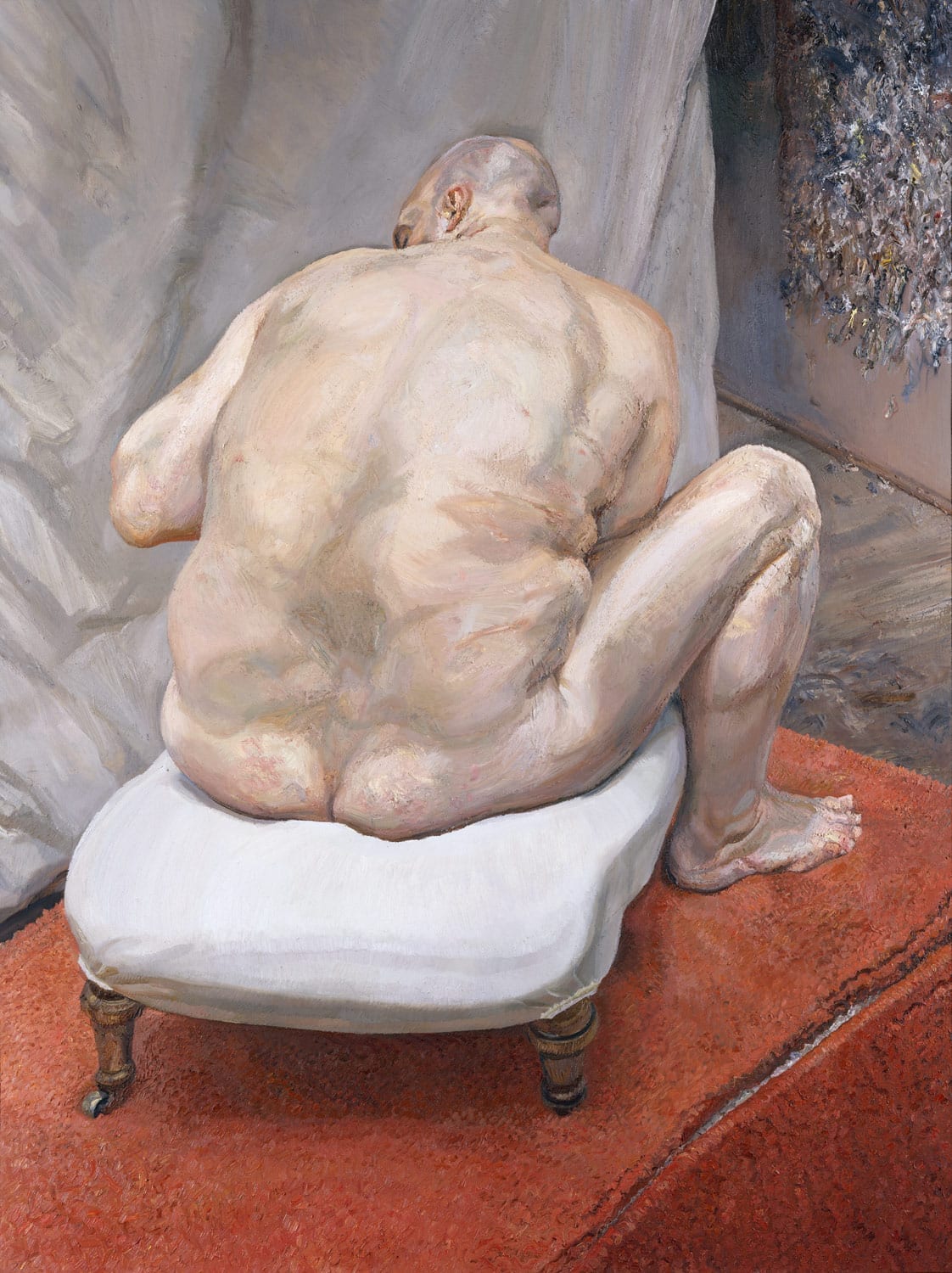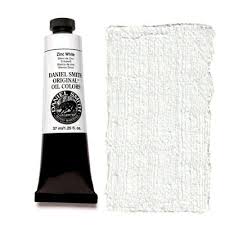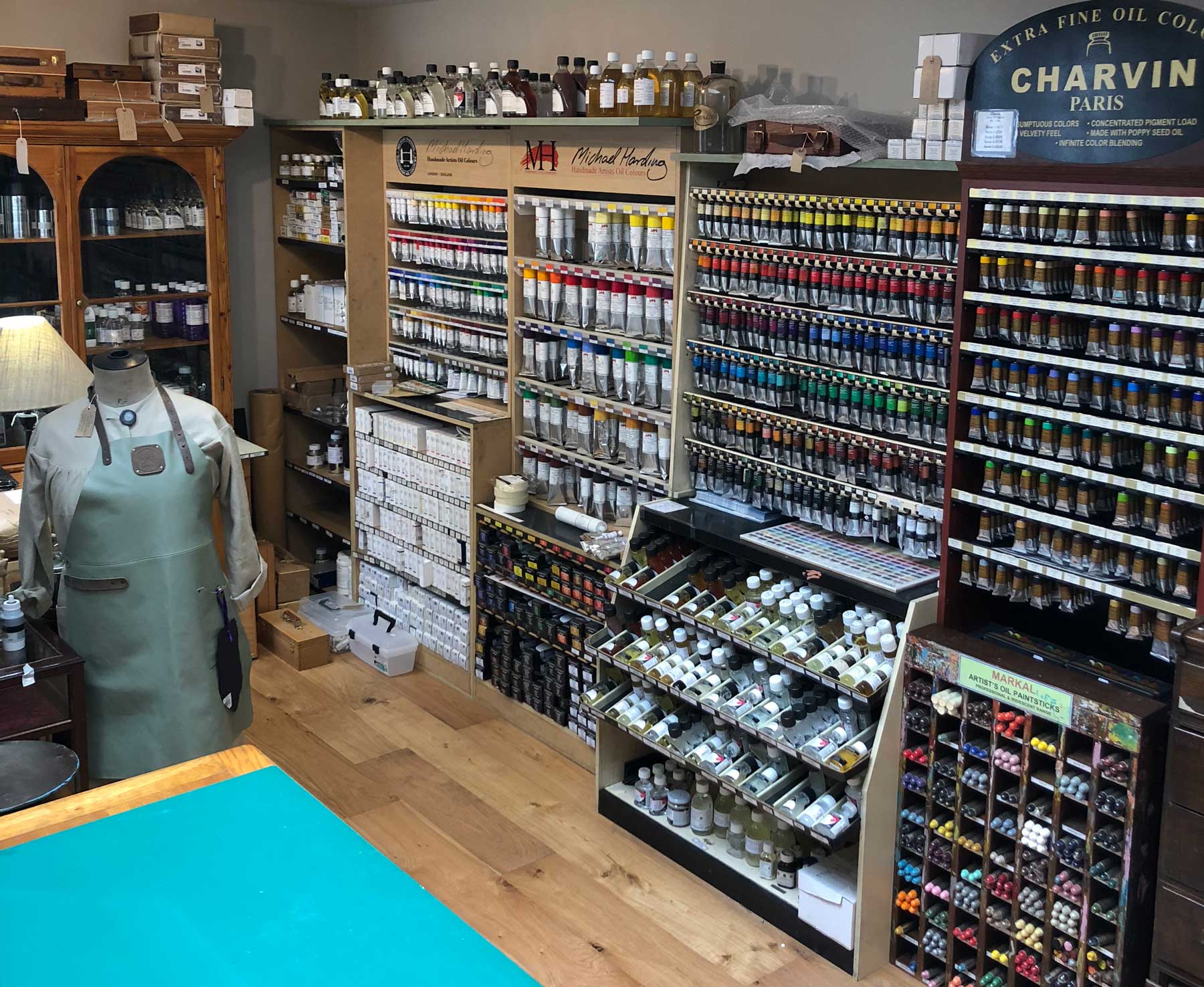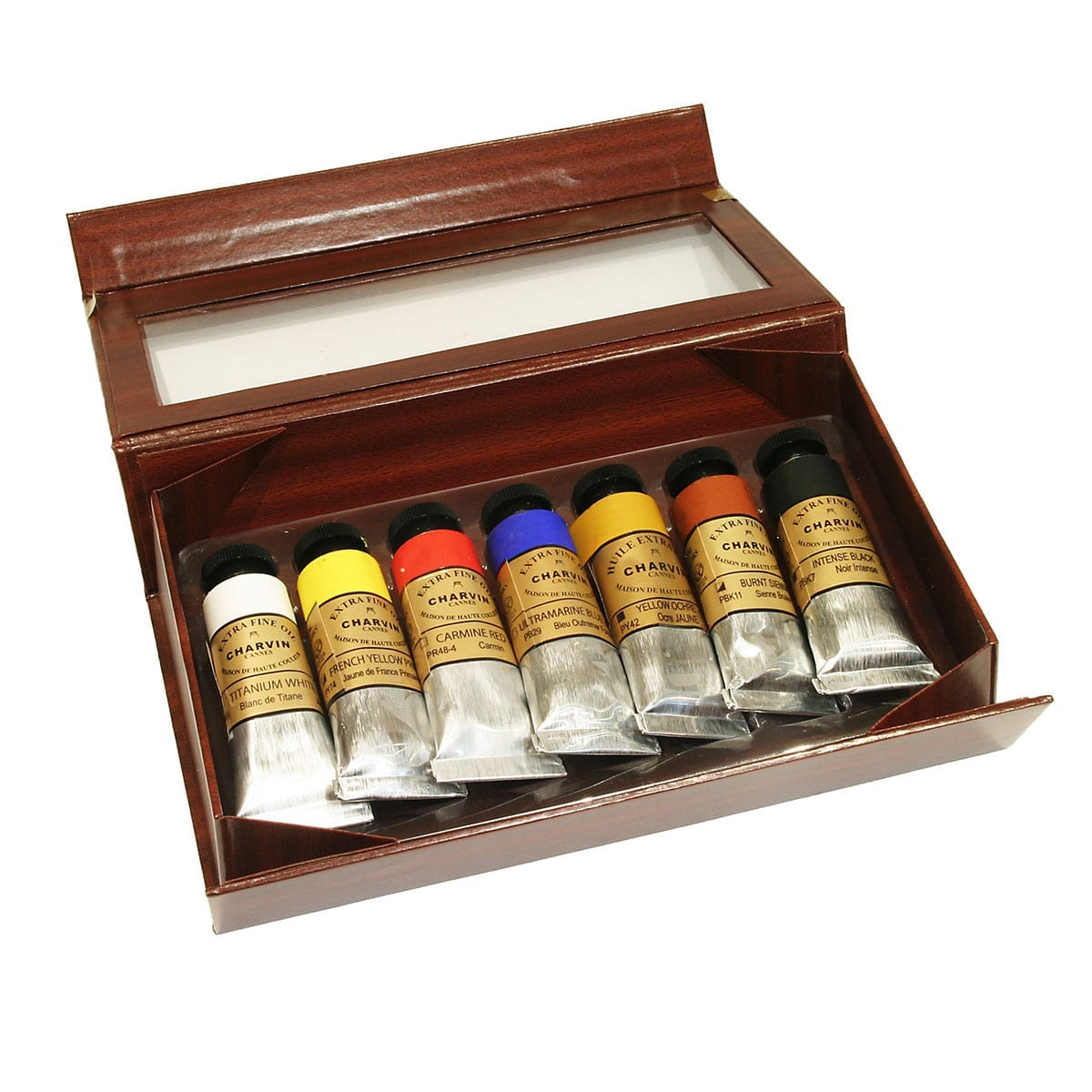
It’s sunny, my skin is being gently caressed by the sun and my hair is flowing handsomely in the sea wind. I am driving somewhere along the Cote d’Azur having eaten something delicious at a small seaside restaurant. My car is a gleaming scarlet convertible from the Golden Age of Motoring. It is very expensive and I am gliding across the landscape like a knifeful of strawberry jam across a freshly sliced piece of buttered baguette. I can’t help but look in the rear-view mirror and think how damn gorgeous I am. However, I am soon distracted, an unmistakable smell penetrates the salty pine-infused air. My heart is suddenly stung by memories of disappointment, rejection, dashed hopes, ah, yes, art school! But no, there is more, I remember my unwavering love of painting! Suddenly I am filled with the electric buzz of seeing a picture come to life. ‘What is it! What is that smell! What is it!’ I scream from my beamer. It is the smell of fresh poppy oil, but what exactly, oh yes, Charvin, it is you, I love you! I do!
*
This introduction was written from my cold bedroom.
I do not have a car, and I have never been to the south of France. But I have smelt poppy oil, and I have used Charvin. And so, this blog is about Charvin, whose essence I have hopefully captured in this paradisaical opener.
*
At Green and Stone we sell several types of oil paint including Michael Harding, Sennelier, Winsor and Newton, and Blockx. All of them are good, but the most unusual of the paints is Charvin.
Charvin is solely made on the French Riviera. Much of the products charm lies in its heritage. It is a family business run by Bruno and Laurence Charvin and relies on recipes from 1830. It was popular with such greats and lovers of sunlight, Cezanne, Bonnard, and Ambrogiani.
Charvin sells both fine and extra fine oil colours. The difference between the two being that the extra fine oil is milled twice as long as the fine oil, with discrepancy on timings for each pigment. The machine used is a Buhler Swiss Three-Cylinder which is typically used for the manufacture of high-end cosmetics. The outcome is an incredibly smooth oil paint with a thick, creamy texture. In the extra fine range there are a staggering two-hundred-and-eight colours of which Green and Stone sells ninety-six and which is constantly changing. This means Charvin oil paints have the widest range of colours in the world including such delights as ‘Cyclamen’, ‘Absinthe’ and ‘Mummy Brown’. Whereas Sennelier relies on safflower oil, and Michael Harding on linseed oil, Charvin uses poppy oil. By choosing this oil the paints have a lovely shine, are excellently lightfast and should age without any yellowing. With their buttery and fine texture, the paints are perfect for the traditional Flemish painting style headed by such estimable figures as Jan van Eyck and Rogier van der Weyden. However, they are equally suitable for painting using colour shapers and palette knives, whilst the small 20ml tubes are ideal for the keen traveller and plein air painter.
Charvin paints are also unusual in that they mostly come in mixed colours, in stark contrast with Michael Harding who emphasises the importance of pure single pigments. Charvin are aware of this and suggest the artist picks their colours carefully and that they do not overmix them, as they warn they will take on a shade of grey upon drying.
The understated jewel in the Charvin crown of rainbow jewels is their oil-primed linen canvas, whether on the roll or ready-made. The linen is of a medium to rough grain with a characterful texture which reminds one of the sorts of canvases someone like Walter Sickert would use. The ready-made canvases come in traditional French portrait formats, as well as squares and elongated rectangles. They are handmade by talented Frenchmen who deftly wack copper tacks into the sides and firmly stamp ‘CHARVIN’ onto the back. The result is a canvas of the highest quality with a rigid structure and evocative 19th century look. Why use staples, when you’ve got tacks!
The final aspect of Charvin which makes it so excellent is the philosophy of the owners. Indeed, Charvin are very much a business on an ethical crusade.
In their own words they are a family business ‘rejecting the plasticization, consumerism and delocalised mass production to which the world of fine arts is engulfing’. With a business model they consider ‘utopian or crazy’ they have chosen to use raw materials only of the highest quality without any real economic outlook at their cost. They are against people who only think of profits and margins, who make low-quality products for low-cost countries, simply to gain a foothold in the market without regard for the ethical consequences and the repercussions for art itself. They work for authentic values and true products of meaning.
As part of this crusade Charvin have stressed what they are against. In brief, they are against; colour range reductions (hence their rainbow colour range); the use of average ingredients; cotton canvas – an unreliable material over time, lacking the charming texture of linen. Why use cotton, when you’ve got linen! And finally, they are against online shopping. Arguing it means the end of advice, replaced only by a better price – thus resulting in a user who cannot progress in their work. The knowledge of generations being lost little by little.
And so, long may Charvin reign in the sunny south of France. A beacon of artistic heritage and quality artistic production, keeping the French oil painting tradition very much alive for all the world.
By Ned Elliott
